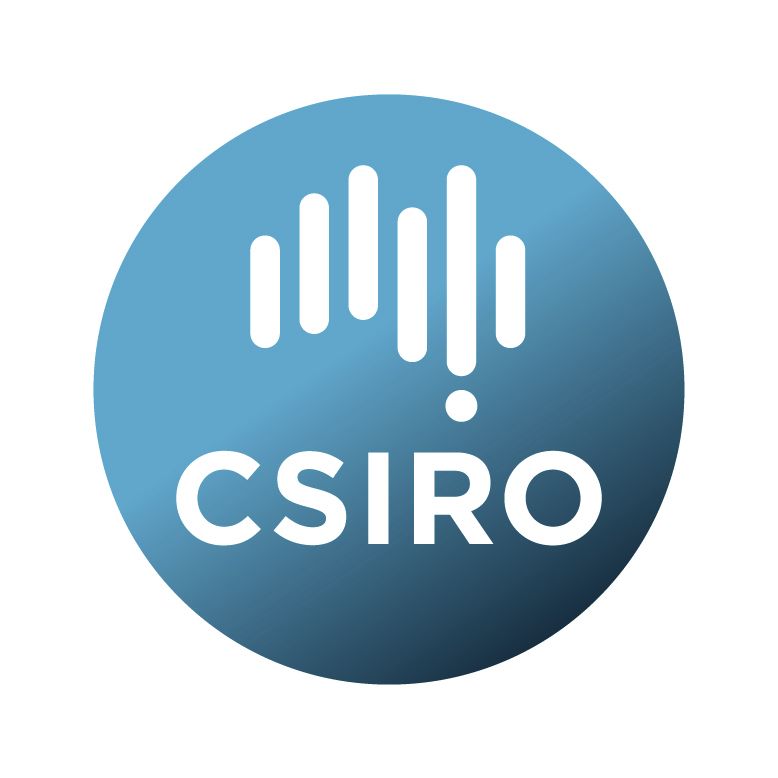Brief description
The development of new bioregions draws on experience in CSIRO, Global Ocean Biodiversity Initiative (GOBI) partners, and other collaborators, using approaches currently being trialled in Australia and around the Antarctic margins, and has collaborated with regional and national stakeholders to ensure a consistent approach. This combines approaches CSIRO developed in Australia (Last et al. 2010), used in the Bay of Bengal (BOBLME 2015) with similar approaches that have been used throughout the Indian and Pacific Oceans to derive a single combined bioregionalisation.The new bioregionalisations for the south west Pacific and Indian Oceans incorporate understanding of shallow, deep and pelagic species, ecosystems, physical environments and their likely boundaries based on current information. The expert-based bioregionalisations are be supported by development of statistical analysis of datasets of selected species groups to identify bioregions specific for each taxon, with data from the Biologically or Ecologically Significant Marine Areas (EBSA) process and additional regional biogeography based on new invertebrate and fish collections from CSIRO, University of Tasmania, Museum Victoria and regional partners.
Lineage: The participatory approach for the regionalisation involved two workshops and subsequent refinements between CSIRO scientists and local experts. To prepare for the first workshop, CSIRO scientists collated information from literature sources and local experts to map the physical environment, habitats and species distributions. After the approach was explained to workshop participants, the mapped products, Traditional and Local knowledge were used to describe the regionalisation and to describe the features, processes and interrelationships within each province and between provinces. These relationships were then schematically illustrated by working groups set up for each province. Post-workshop activities refined these draft regionalisations by following up on missing information and ensuring consistency in the descriptions and illustrations. The second workshop reviewed the regionalisations and completed the systems descriptions of each province and linkages between provinces. This latter aspect also facilitated work on trans-boundary issues.
Available: 2024-05-09
Data time period: 2017-01-01 to 2024-05-30
Subjects
Biological Sciences |
Biogeography |
Biogeography and Phylogeography |
Evolutionary Biology |
Indian |
South West Pacific |
User Contributed Tags
Login to tag this record with meaningful keywords to make it easier to discover


